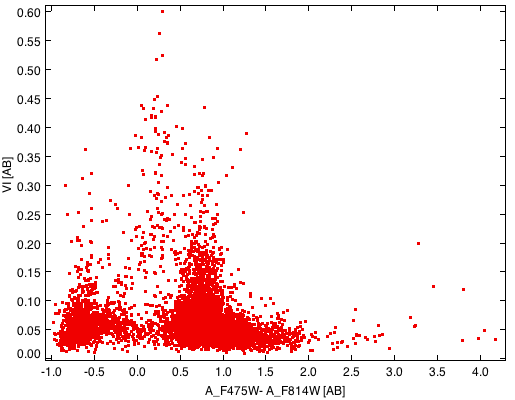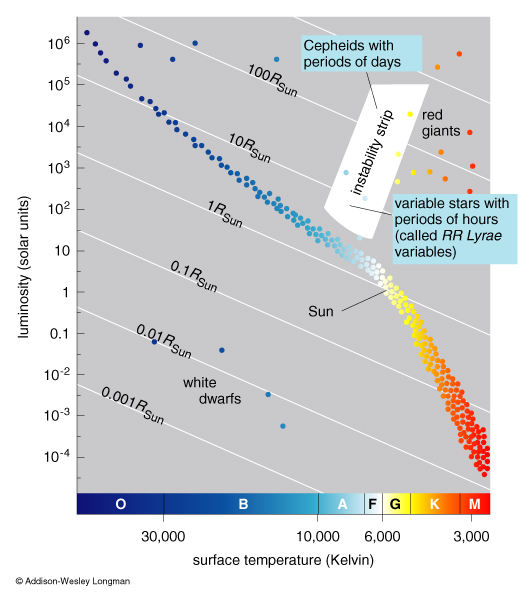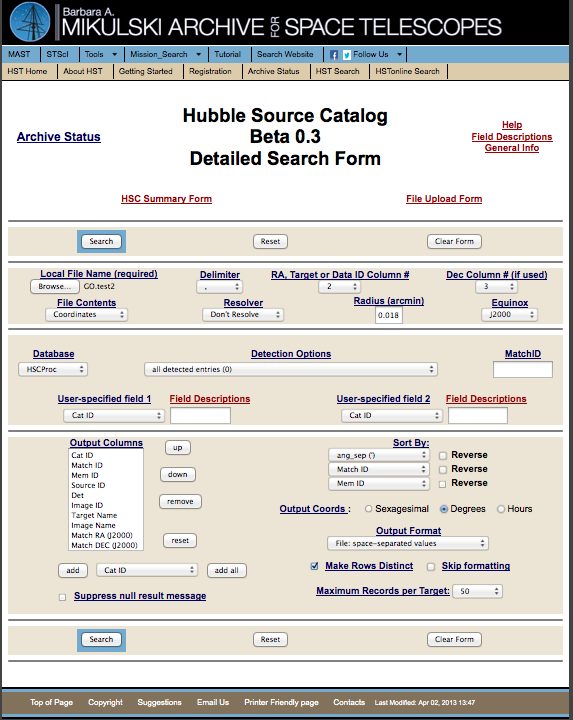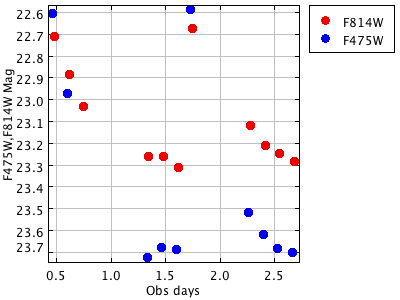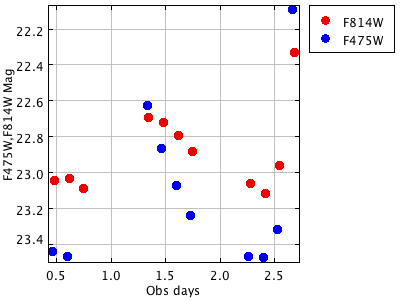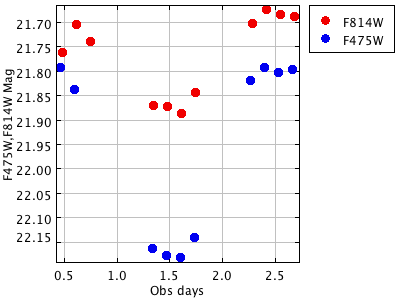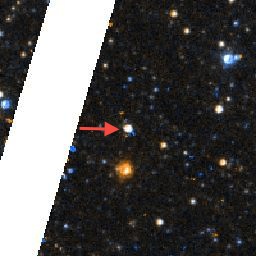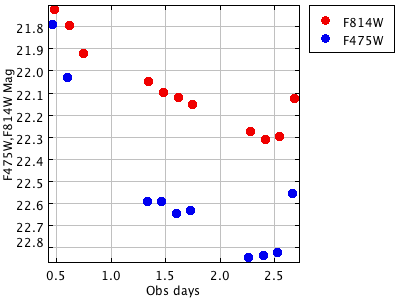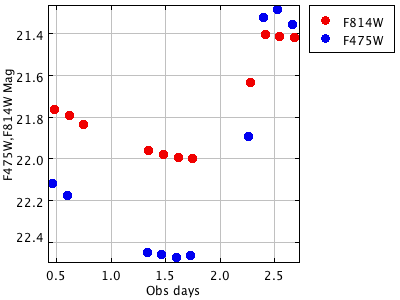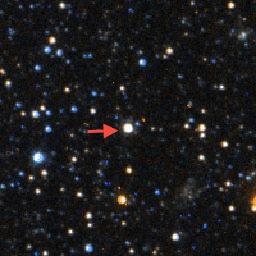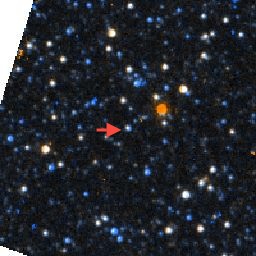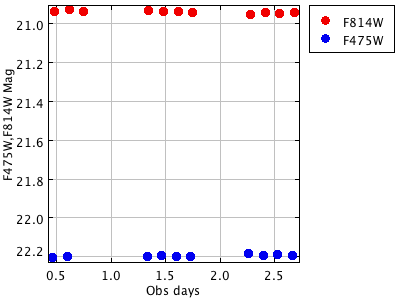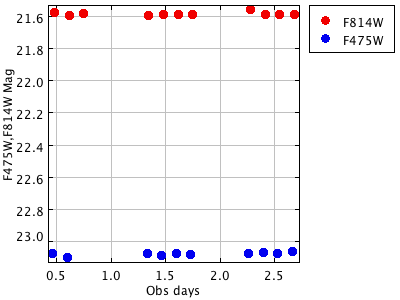
Figure 1 (from Bernard et al. 2010 reproduced by permission of the AAS). Shown is the Color-magnitude diagrams of IC 1613 for the ACS (left) and WFPC2 (right) fields. Confirmed and candidate variables stars were plotted, as labeled in the inset panel. The different size error bars in each panel shows the mean photometric error bars at given magnitudes. To show the location of the old main-sequence turnoff, an isochrone from the BaSTI library (Z = 0.0003, 13 Gyr; Pietrinferni et al. 2004) is overlaid in the right panel.

